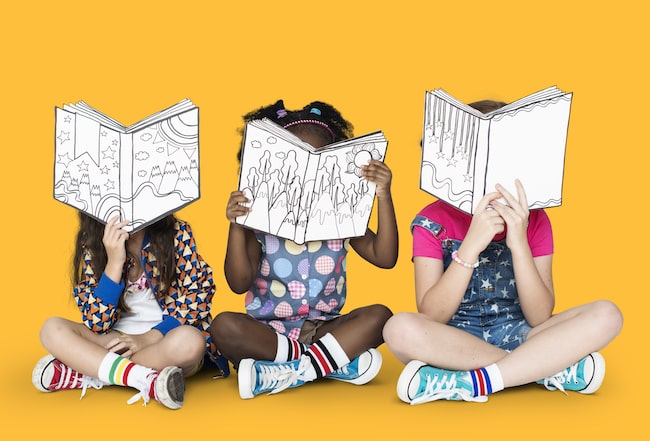Supporting Literacy
Reading with your child:
Provides opportunity for emotional connection as you share an activity, looking at pictures and playing with words
Helps start to appreciate what books have to offer, and shows that books can give both pleasure and information
Helps learn the sounds of letters in the spoken language
Helps understand that stories aren’t coming from you, but from the words on the ?page – this teaches about how the printed word works
Helps develop a larger vocabulary, which increases understanding, pleasure and ?interest in reading (this is because books offer more unusual words than are used ?in everyday language or on television)
Improves thinking and problem-solving skills
Can start a conversation about a new concept, an event or something that ?interests your child.
What you can do to enhance their early literacy development
Read with your child, as often as possible. Embedding this into your evening routine creates an opportunity for your child to have time with you and calm before bedtime.
When your child is old enough, encourage them to hold the book and turn the pages. This will help them to understand that the book should be a certain way up, and that pages are always turned in the same direction.
Slide your finger along underneath the words as you read them, pointing out each word. This indicates to your child that we always start on the left and move to the right when reading English, helping them start to understand the rules of reading.
Point out pictures and talk about the pictures your child points to. Discuss the pages with questions, what’s that? Whys that? What are they feeling… etc.
Predict what could happen next. “Ohhhh, what do you think will happen next?”
When there is a problem, encourage your child to create a solution… “oh no what ?could they do?”
Re-read a story several times over a period of time, this supports children’s ?memory and ability to transfer information.
Tell a story in many different ways. e.g. books, puppets, felt stories, drawings, visualisation.
Help your child’s ability to organise and process with sequencing games. Choose a sequence or story, break this down into sequential steps and muddle them up. Encourage your child to help you to tell the story but organising it into the correct sequence.
Read stories with Rhythm and Rhyme & HAVE fun while reading!!!

